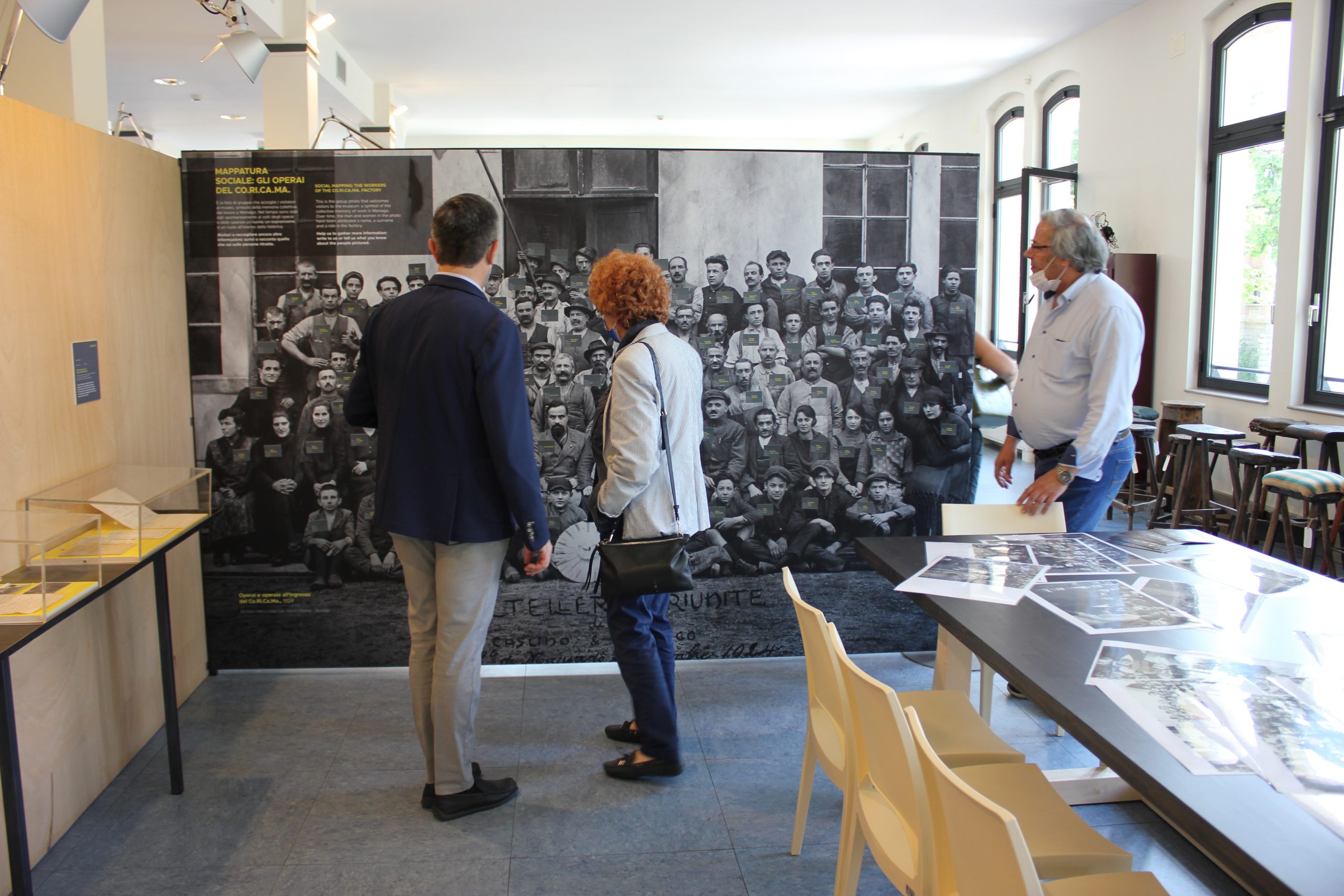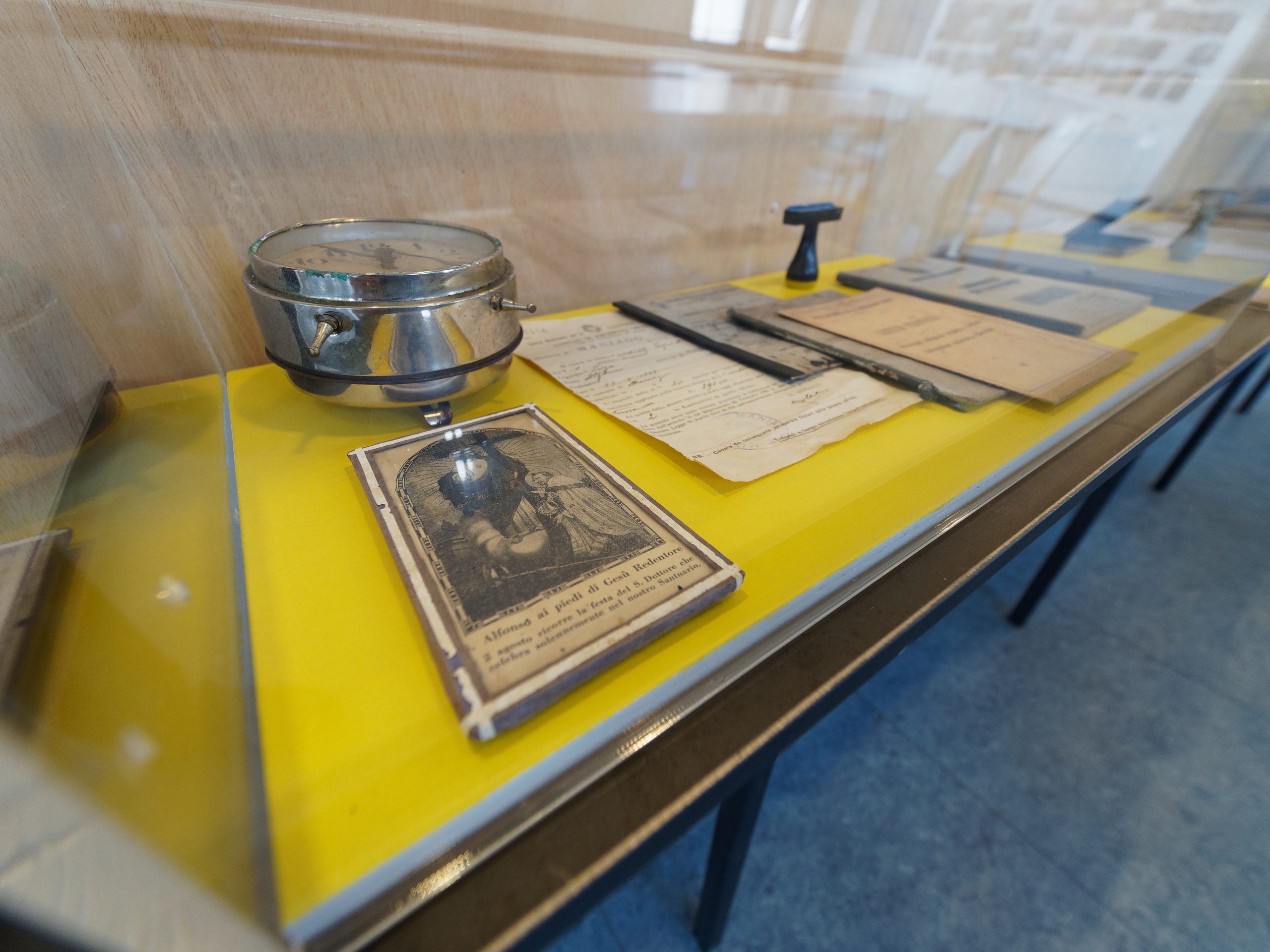Maniago is renowned worldwide as the City of Knives: here, for centuries, due to a series of historical, geographical and social factors, many of the locals have worked in the production of blades.
To this very day, this industry is a pillar of the local economy: in the municipality of Maniago alone there are more than 80 companies in the business. In the past, though, almost every house and courtyard in town had a laboratory, a workshop, varying in size, or just a room in the house equipped to carry out a specific production process. Here, economic and trade relations were established and family histories evolved.
In a small town where almost everyone did the same job, personal and social relationships were often influenced by the competition between craftsmen. This prevented the elaboration of a collective, shared, community narrative for a long time.
In 2016, a participatory process called LAMEmoria [a word play created by combining the Italian words Lame – Blades and La Memoria – The Memory, ed.] began: people were invited to enter the museum space and become the protagonists of the museum’s heritage storytelling.
In the first step, citizens were gathered around large cadastral maps and were asked to locate old and new production facilities. Those maps, however, were the key to trigger and share stories, memories and recollect habits, people, places, events. During those meetings, 444 different workshops were singled out, and for each as many data as possible were gathered. The mapping stage was followed by heritage walks, an event, new participatory tables, the systematisation of the data collected, and a school-work alternation project with students from the “E. Torricelli” High School in Maniago.
The project now continues with an exhibition, conceived as a give-back to the community of the materials collected so far.
The visitor will be asked to be part of both the design and the installation, which they will engage with by listening and creating a dialogue in a creative, choral, open and participatory writing process.
The exhibition will therefore look quite different when it closes from what it did when it opened. This objective will be pursued from reactivating the mapping tables, which are collective thematic meetings and are considered to be a fundamental part of the layout itself.










